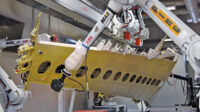Automation
The Next Frontier of Automation: Quality Assurance in an AI-Driven Era
The convergence of automation and quality is redefining how manufacturers detect defects, maintain standards, and continuously improve processes.
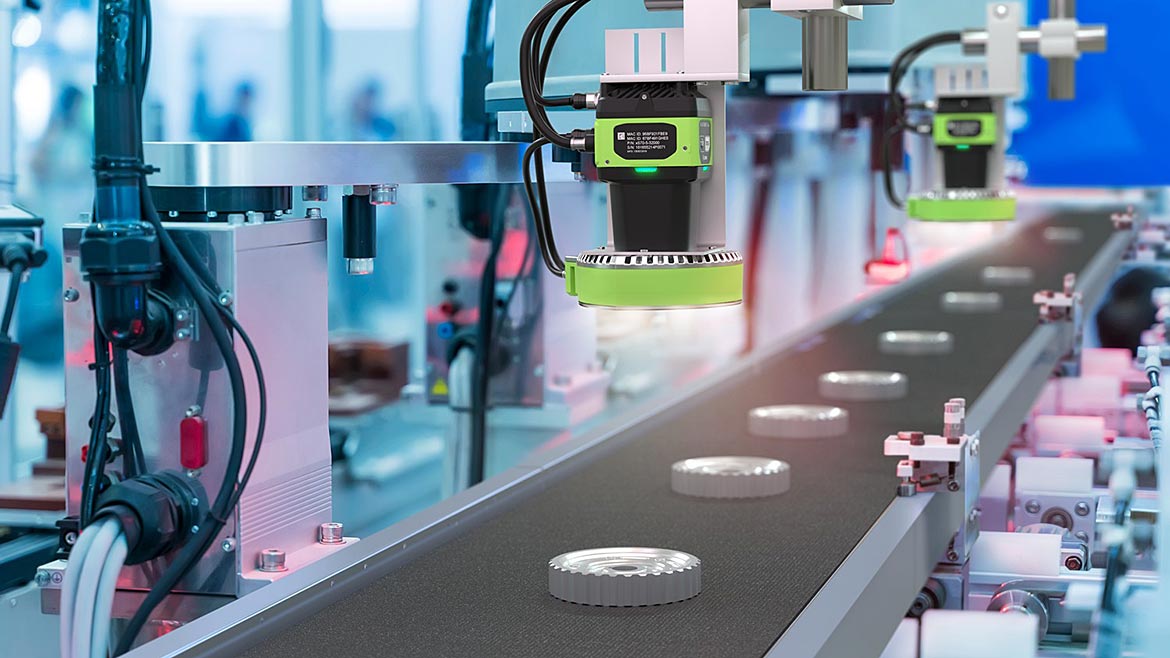
As we move deeper into 2025, the automation landscape is undergoing a dramatic transformation. Technologies that once seemed futuristic, such as AI-driven inspection systems and mobile robots working autonomously on the factory floor, are rapidly becoming standard tools in the arsenal of manufacturers committed to improving quality, efficiency, and resilience.
While robotics and automation have long been associated with productivity gains, their expanding role in quality assurance (QA) is particularly noteworthy. Today’s systems don’t just repeat tasks faster. They perform them with greater precision, consistency, and intelligence in decision-making. This convergence of automation and quality is redefining how manufacturers detect defects, maintain standards, and continuously improve processes.
Precision Meets Intelligence: The Rise of Smart QA Systems
Traditional quality assurance systems relied heavily on manual checks, isolated measurements, and scheduled inspections. But in 2025, quality control is becoming a real-time, data-driven process.
Modern machine vision platforms now integrate AI and deep learning algorithms that can identify defects with sub-millimeter precision, including anomalies not previously categorized. These systems are capable of learning from each inspection cycle and adapting to product variations without requiring constant human reprogramming. The result is reduced false positives, minimized scrap, and improved process yields.
Furthermore, edge computing has enabled quality data to be processed directly on the factory floor. This shrinks response times and empowers manufacturers to make immediate corrections. Closed-loop feedback, coupled with predictive analytics, supports a more proactive approach to quality.
Mobile Robotics and Material Traceability
Autonomous Mobile Robots (AMRs), once limited to logistics and warehousing, are now being deployed in QA roles within manufacturing environments. These robots transport components between inspection stations, dynamically reroute around bottlenecks, and support traceability by maintaining chain of custody for materials.
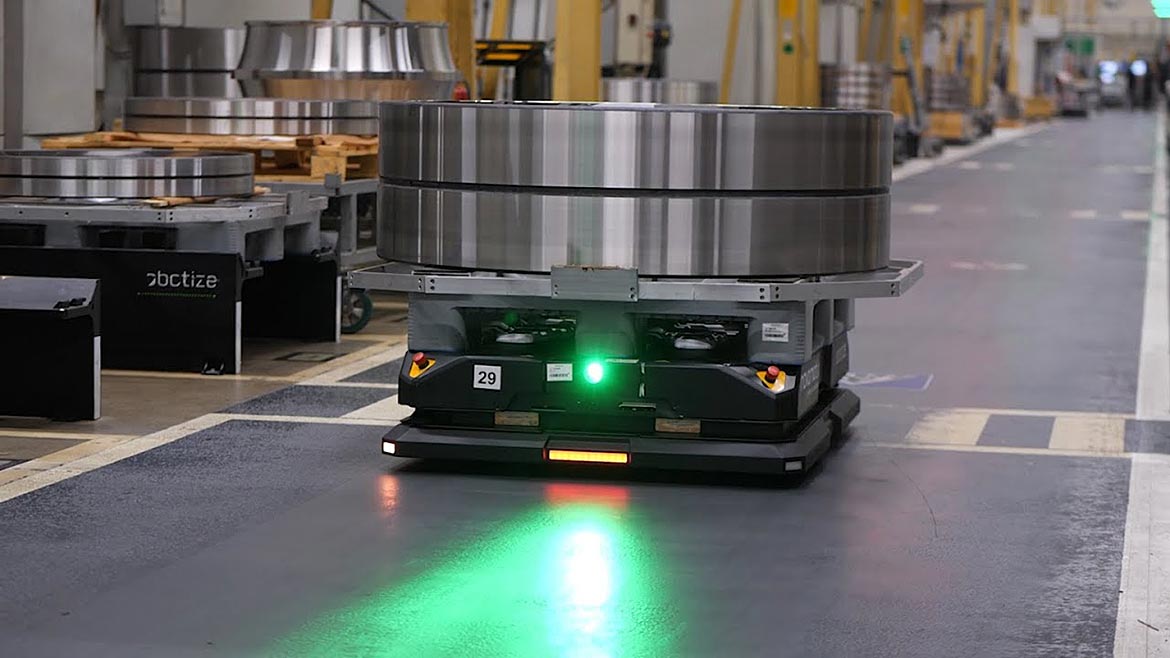
AMRs paired with vision systems also facilitate in-line inspection. This allows measurements to be captured without interrupting production. The shift toward non-contact, automated inspection is especially valuable in high-throughput or high-variability production environments.
Humanoid Robots and Human-Compatible Automation
In 2025, there has been a surge of interest in humanoid and human-compatible robots. While still in the early phases of deployment, these systems are being designed to operate in environments traditionally built for humans, eliminating the need for significant reconfiguration.
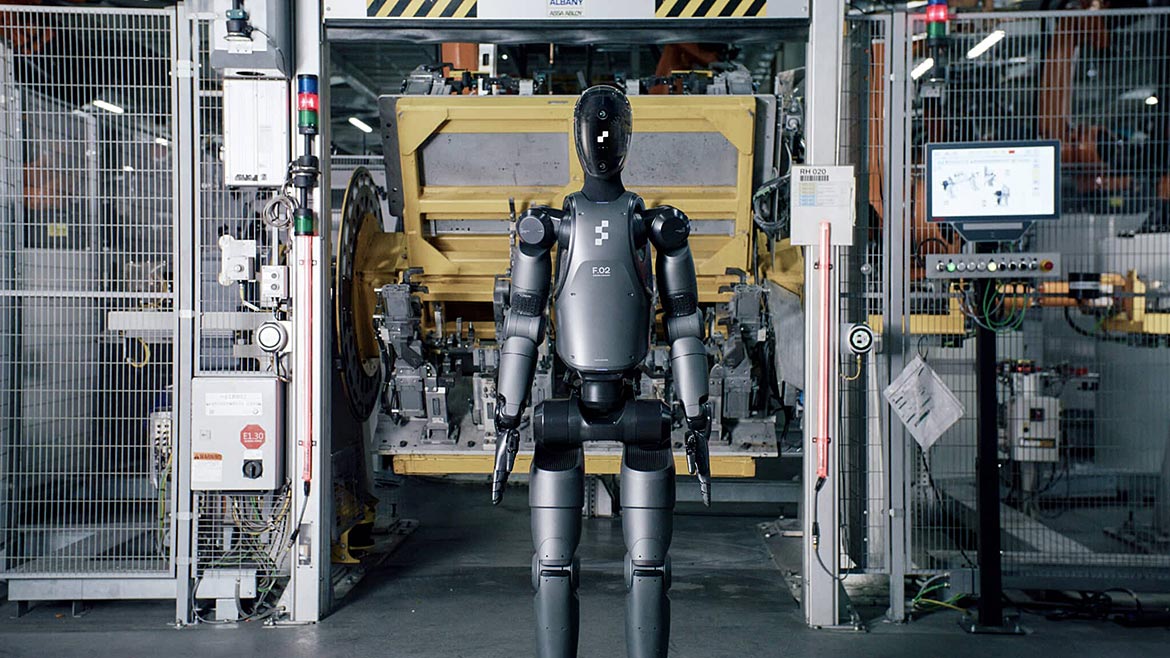
In quality control applications, humanoid robots can assist with tasks such as ergonomic inspections, delicate product handling, or visual comparisons that still benefit from human-like dexterity. Though not yet widespread, the potential is vast as industries explore new ways to augment the human workforce rather than replace it.
AI’s Expanding Footprint in QA Decision-Making
Artificial Intelligence is moving beyond surface-level applications and into the core of quality systems. Intelligent agents are now capable of correlating data from various sensors, vision systems, and machine logs to identify root causes of quality deviations.
Agentic AI systems, which have autonomous decision-making capabilities, are being piloted to manage multivariate process controls in real time. These agents do not simply flag anomalies. They initiate corrective actions based on probability-weighted outcomes and learn from each cycle to improve future decisions. One practical example involves AI models that analyze video feeds from inspection stations alongside vibration and temperature data from production equipment to identify early indicators of tool wear. This helps prevent downstream quality failures.
Demand has grown in recent years for training on Agentic AI and other topics in this field. To address this, A3 collaborated with Kence Anderson (CEO and co-founder of Composabl, Inc.) to add new AI training courses to its library. The new courses were taught live in 2024, and will become available on-demand through Automate.org in 2025.
Applications Across Industries: A Broader Push for Quality
While the automotive industry has traditionally been one of the largest adopters of automation and robotics, 2025 is seeing accelerated interest from other sectors.
- Life sciences and pharmaceuticals are deploying automation to meet stringent regulatory demands for traceability and cleanliness. These systems also help reduce the risk of human error in sterile environments.
- Electronics manufacturers are leveraging precision robotics and vision systems to inspect densely packed circuit boards.
- Consumer goods and food producers are automating packaging inspections and seal verification. This ensures safety and compliance with industry standards.
Even emerging sectors like agriculture and construction, once considered resistant to automation, are adopting quality-focused tools. Examples include drone inspection of crops for disease indicators, autonomous vehicles with laser weeding systems, and 3D-printed structures undergoing laser-based dimensional checks.
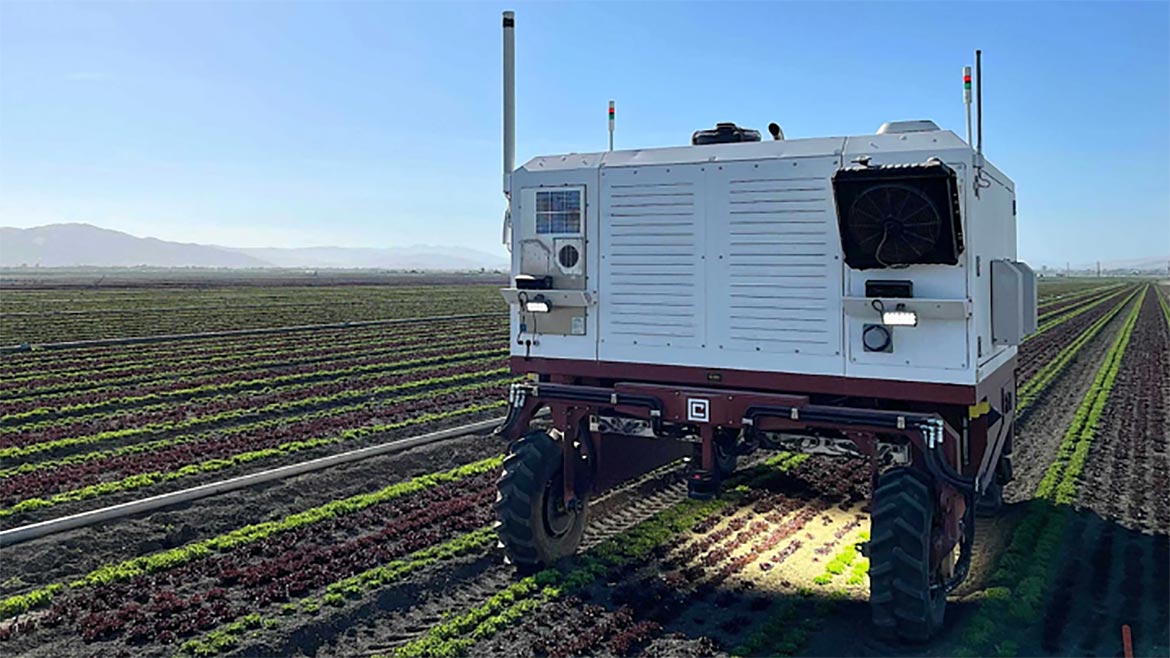
Automation Outlook for 2025: Optimism with Caution
Recent insights from across the automation industry point to a cautiously optimistic outlook for 2025. A majority of organizations expect growth in automation deployment, reflecting renewed confidence following a period of economic and sector-specific adjustments. The automotive sector, which saw a slowdown in recent years, is projected to rebound, while industries such as food and beverage, electronics, life sciences, and logistics continue to drive steady demand for quality-enhancing technologies.
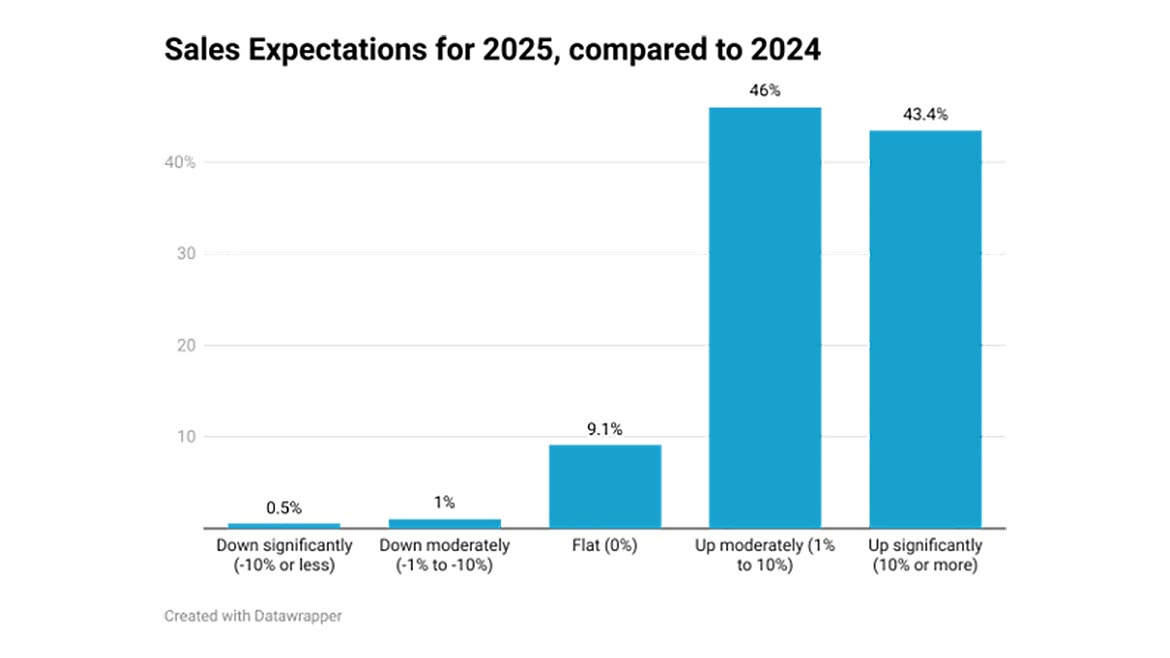
However, persistent challenges remain. Economic volatility, global supply chain instability, and ongoing labor shortages are placing pressure on manufacturers to do more with less. In response, many are prioritizing investment in technologies that directly impact quality outcomes, including AI-enhanced vision systems, real-time edge analytics, and advanced automation platforms. At the same time, efforts to address the talent gap are accelerating, with increased emphasis on workforce development and upskilling to support more complex, intelligent systems.
For quality professionals, this dual environment of opportunity and constraint underscores the growing importance of smart, scalable solutions that support consistent, measurable improvements in performance and compliance.
Anticipating Barriers to Progress
As manufacturers look to scale their automation strategies in 2025, several critical considerations could shape both implementation and long-term success. Chief among them is the challenge of integrating new AI and automation technologies with legacy quality systems. Ensuring interoperability across disparate platforms requires strategic planning, robust architecture, and alignment between IT and operations teams.
The growing volume and complexity of quality data also introduces new risks. Cybersecurity, data integrity, and responsible governance are becoming central to any digital quality initiative. As systems become more connected and reliant on machine intelligence, maintaining trust in automated decisions will be vital, especially in regulated or safety-critical environments.
Workforce readiness remains another pressure point. As automation tools grow more sophisticated, the need for employees who can interpret data, manage AI-driven processes, and maintain complex systems is only increasing. Upskilling and reskilling will be key, not only to bridge the talent gap, but also to ensure that the benefits of automation are fully realized on the quality front.
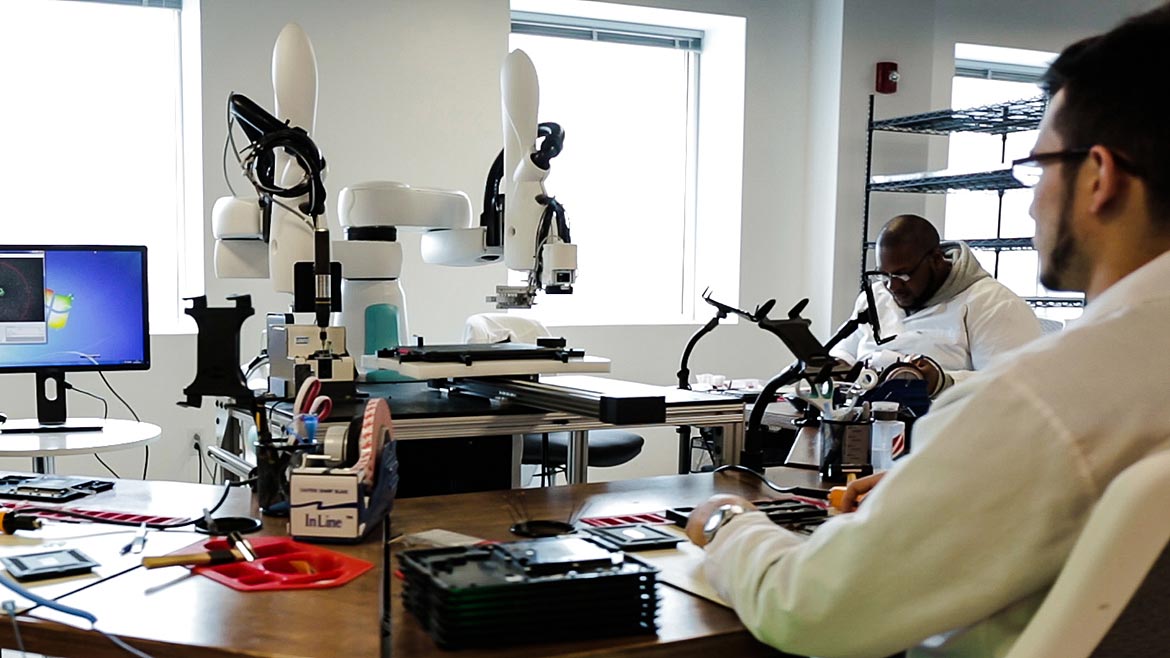
Meanwhile, regulatory developments continue to evolve in response to rapid technological change. Standards-setting organizations and industry associations are actively shaping guidelines for transparency, accountability, and validation in AI-supported quality systems. These emerging frameworks will help ensure that innovation proceeds in a way that supports both compliance and continuous improvement.
Conclusion: Automation as a Quality Imperative
Automation is no longer just about faster production. It is about better production. The technologies shaping 2025 offer manufacturers a powerful toolkit to meet quality standards and even surpass them in ways previously thought impossible. For quality professionals, the opportunity lies in embracing these tools, guiding their implementation with domain expertise, and helping organizations adapt their cultures to a new era of intelligent manufacturing.
As automation and AI continue to converge, the line between quality control and operational strategy will become increasingly blurred. Those who see automation not as a threat, but as an enabler of excellence, will lead the next generation of industrial success.
Looking for a reprint of this article?
From high-res PDFs to custom plaques, order your copy today!





